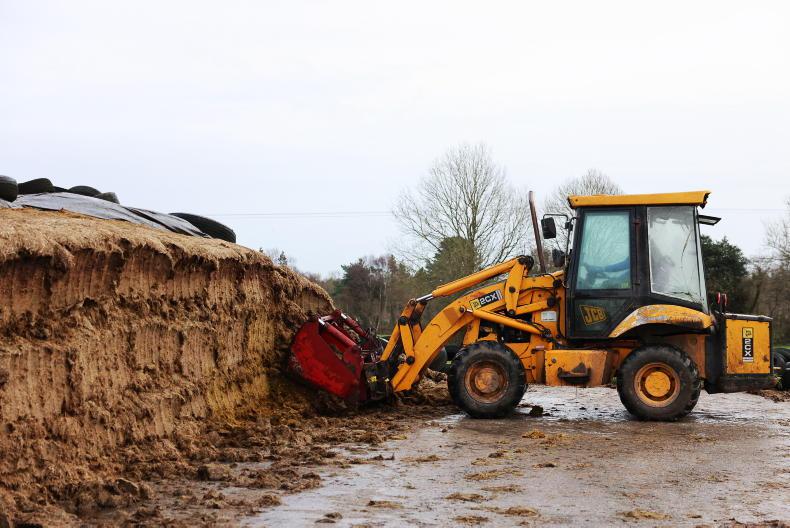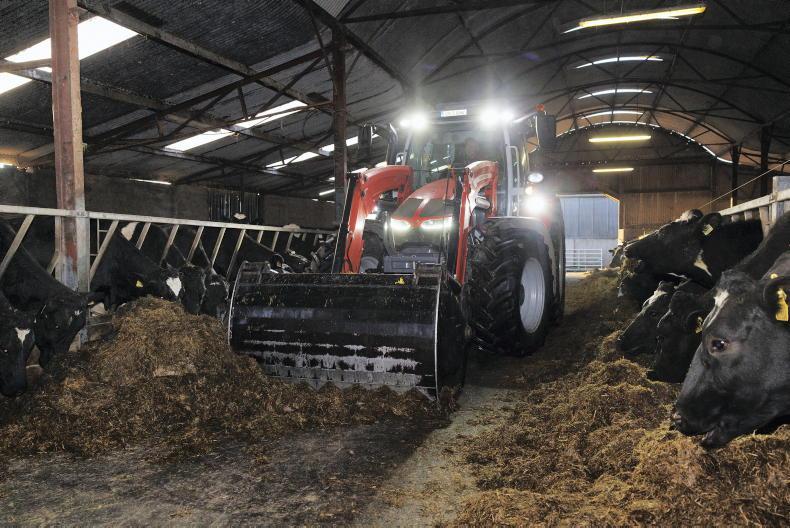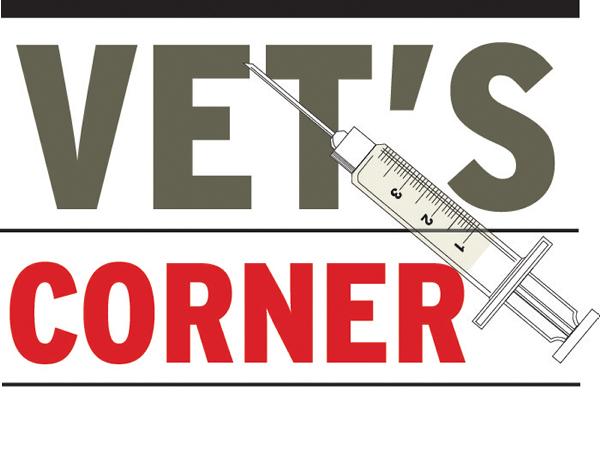When you ask a farmer the protein level of their cattle ration, they know the answer. They will also know the cost of the ration and how many kilogrammes they are feeding daily.
In Ireland, silage dominates cattle diets during winter. A suckler farmer running a 50-cow herd with all cattle finished at 24 months could be feeding between 650t and 750t of silage over a six-month winter. Yet few farmers know the cost of their silage or its feed value.
Before phoning the feed merchant to order the usual winter feed ration, it is important to know the feed value of your silage so that you are supplementing cattle diets correctly and as needed.
For instance, the nutritional requirement of a dry suckler cow and one suckling a calf are very different, as is an autumn cow during the breeding season.
Feeding silage with a feed value of 72 DMD or better may require no meal to be offered to the cow at all, depending on body condition and the stage of lactation. However, maintaining body condition on silage at 62 DMD will be difficult over a 150-day to 180-day winter.
Silage quality
Silage quality is extremely variable this winter. Early reports from silage samples analysed this year show that dry matter digestibility (DMD) levels ranged from 57% to 76%.
The average is running around 68%, which is OK for dry cows but finishing cattle, weanlings and autumn-calving cows will need supplementation.
Protein levels range from 7% to 17%. The average was 12%. Store cattle will struggle to gain anything over 0.3kg/day without meal at this level.
Fibre levels range from 41% to 63% with an average of 51%. Table 1 outlines target ranges for grass silage.
FEEDING COWS TO INCREASE BODY CONDITION
Spring-calving cows should be calving down in a body condition score (BCS) of 2.5 to 3.0. Increasing cow BCS by one unit is the equivalent of gaining 50kg to 70kg of liveweight, depending on cow type.
The period to alter a cow’s body condition is the second trimester of gestation, ie when the cow is four to six months in-calf. Around 75% of calf development occurs in the final 12 weeks of pregnancy, which is why you need to alter body condition before then. Handle cows at the tail head, loin and rib to assess fat cover correctly.
An in-calf spring-calving cow will typically gain 0.5kg liveweight/day. Therefore, increasing BCS from 2.0 to 3.0 will take a period of 10 weeks. Weight gain must be carried out gradually.
Overloading the cow’s diet with too much energy in the final months of pregnancy will result in the cow depositing internal fat. As a result, these cows will have severe calving difficulty.
Thin cows and first-calved heifers should be weaned early so that you can adjust body condition, either on silage or at grass.
Feed guideline
For a dry spring-calving cow that needs to gain condition, silage quality should be at minimum 68 DMD and offered ad-lib. Silage with 66 to 67 DMD will maintain body condition.
Silage quality below 65 DMD will require supplementary concentrates to be fed for a short period.
Due to lower feed value and reduced silage intake, feeding 1kg/day of concentrate will help to increase cow body condition gradually.
Once the cow reaches ideal BCS, you can remove the concentrates and put cows onto ad-lib silage.
FEEDING TO DECREASE BODY CONDITION
Reducing body condition should be carried out at a similar rate to gaining condition to prevent metabolic problems. Again, BCS should be altered during the middle months of gestation.
Trying to cut the feed from a cow in the final weeks of pregnancy can lead to milk fever and will also affect the quality of colostrum produced. Calves can be weaker and slower to get up and suck after birth.
Feed guideline
Cows should be reduced from BCS 4.0 to 3.0 over a 10-week period in mid-pregnancy. Silage with a feed value of 64DMD to 66DMD will help to reduce cow BCS. Where silage quality is higher, offer some straw every other day to reduce silage intake.
Restricting silage intakes by 20% (approximately 10kg to 15kg) will also reduce body condition. Cows should only be restricted if there is sufficient feeding space available.
If not, over-fat cows should be grouped and penned together as the dominant cows will eat to appetite. Shy feeders will then be underfed.
FEEDING WEANLINGS
Weanlings and finishing cattle will also have different feed requirements as they are at different stages in growth development.
Without knowing the feed value of silage, how do you know if you are over-feeding or under-feeding with meal?
For instance, if you fed 2kg/day of concentrate to 50 weanlings over a 150-day winter, when only 1kg/day of concentrate (€240/t) was required to complement silage, you will have wasted €1,800.
You would need to be selling an extra two weanlings per year just to cover this unnecessary feed cost.
Weanlings that are going back to grass next spring should be gaining 0.5kg/day to 0.6kg/day. A higher weight gain will be required if you are selling weanlings out of the shed next spring.
But whether weanlings go back to grass or to the mart next spring, you do not want to be over feeding meal.
Feed guideline
For a weanling with a target daily liveweight gain of 0.6kg/day, feed 72 to 74 DMD silage and 1kg/day of meal. Over a 150-day period, this amounts to 150kg or €36 if meal price is €240/t.
If 62 DMD silage is being fed, you need to increase meal levels. Every drop of 4DMD requires an extra 1.5kg/day of meal to be fed. Therefore, the same weanling would consume close to 600kg of meal over 150 days costing €144. The difference in terms of meal levels is the equivalent of feeding an extra 18 bags of meal as shown in Figure 1.










SHARING OPTIONS